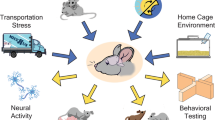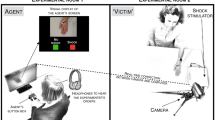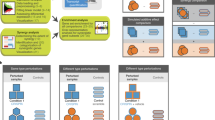Abstract
NOTHING in your last week's notice of “Phantasms of the Living” gratified me more than the attention paid to our experimental results. The grounds of our own confidence in them are (1) that the conditions were in many cases such as completely to exclude unconscious physical signs, and (2) that, if the success was due to fraud, it was not fraud which the investigators failed to detect, but fraud in which they must actively have shared. But, where the scientific presumption against new phenomena is so strong, it is best to recognise that no line can be drawn at which the evidence for them ought to be found convincing, and that, till it actually is found convincing, it is incomplete. Meanwhile it ought to be sceptically approached–not with the impatient scepticism which denies that such facts can ever be proved, but with the cautious scepticism which perceives that they require a very great deal of proving. The object of this letter, then, is to urge the paramount importance of extending the area of experiment. This cannot be done without an amount of public spirit which it is very hard to evoke. The “percipient” faculty, even though possessed in a high degree, is very unlikely to reveal itself spontaneously: our only hope of discovering it is that trials in thought-transference shall be very widely made— which means that a large number of persons shall spend some time and trouble in a manner which will often appear to have been fruitless. It is difficult to press this on anyone as a duty; but it is at any rate worth while to point out how simple and rapid the process of experimentation may be made. Especially anxious am I that a great many pairs of persons should carry out experiments of the very simple type described in “Phantasms,” vol. i. pp. 32, 33. If any of your readers are willing to do this, will they kindly, before beginning, send me their names and the number of the trials that they propose to make, to guard against any selection of results?
Similar content being viewed by others
Article PDF
Author information
Authors and Affiliations
Rights and permissions
About this article
Cite this article
GURNEY, E. “Phantasms of the Living”. Nature 35, 345 (1887). https://doi.org/10.1038/035345a0
Issue date:
DOI: https://doi.org/10.1038/035345a0



